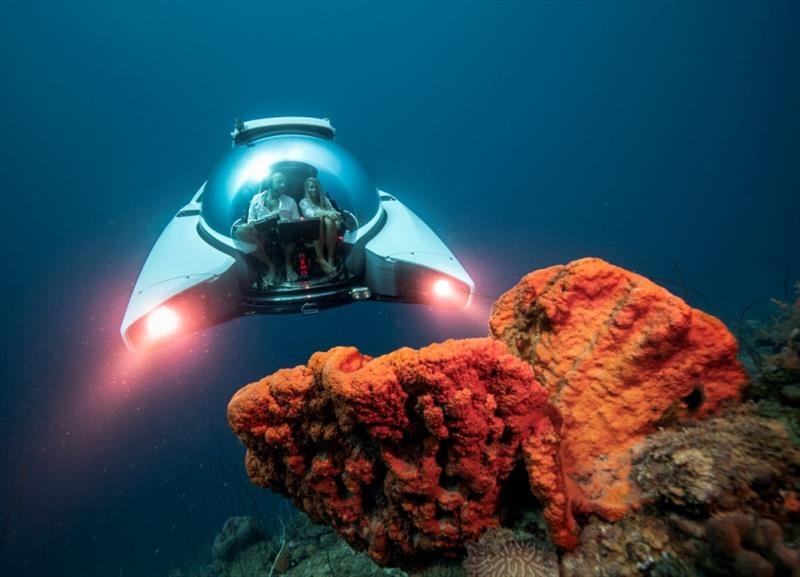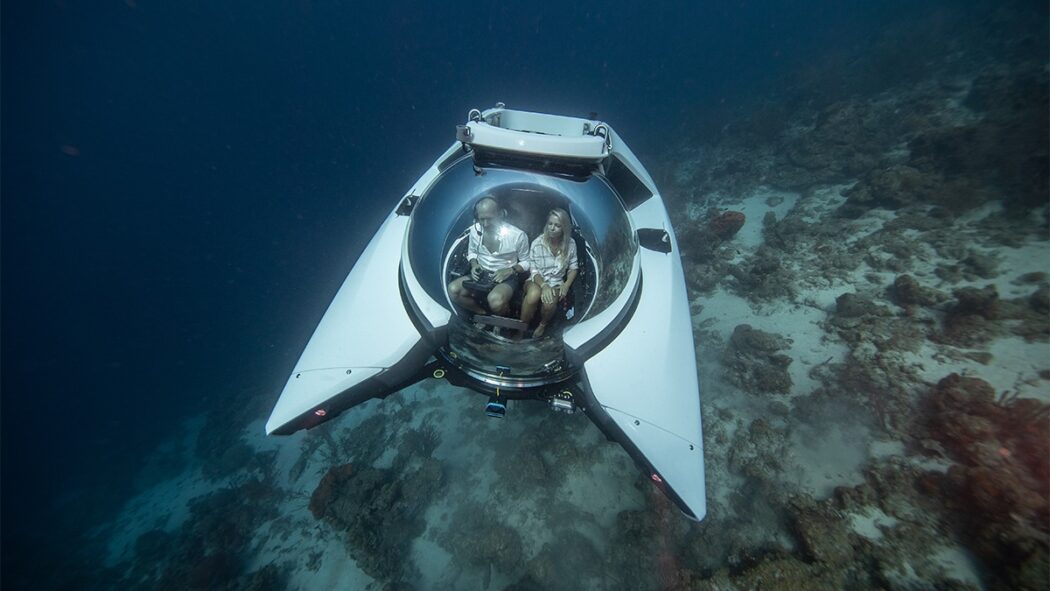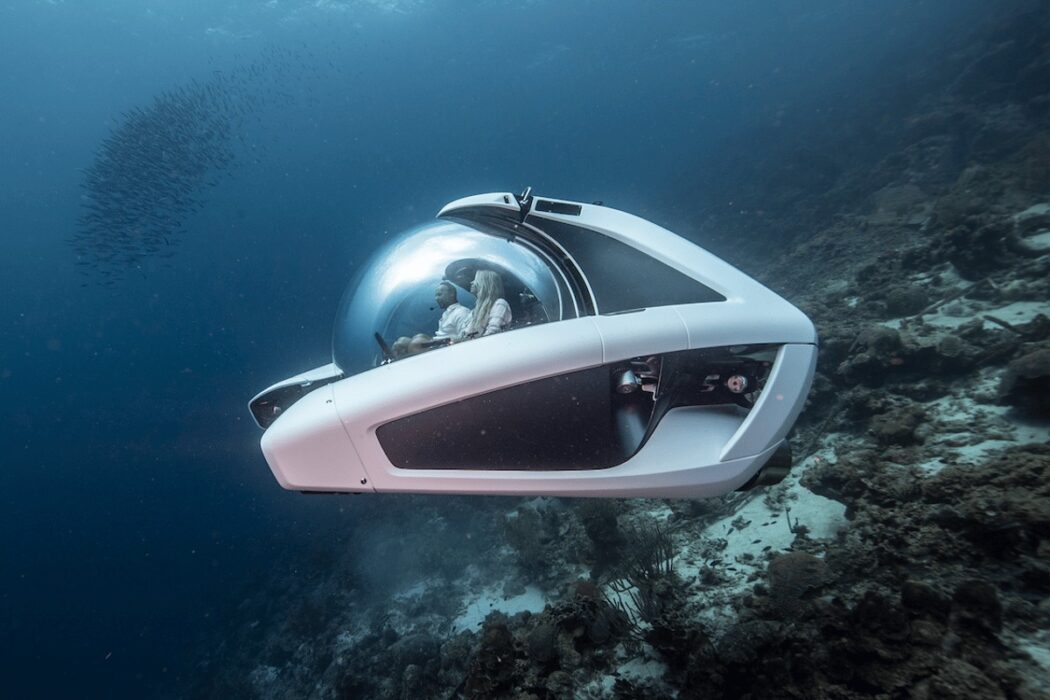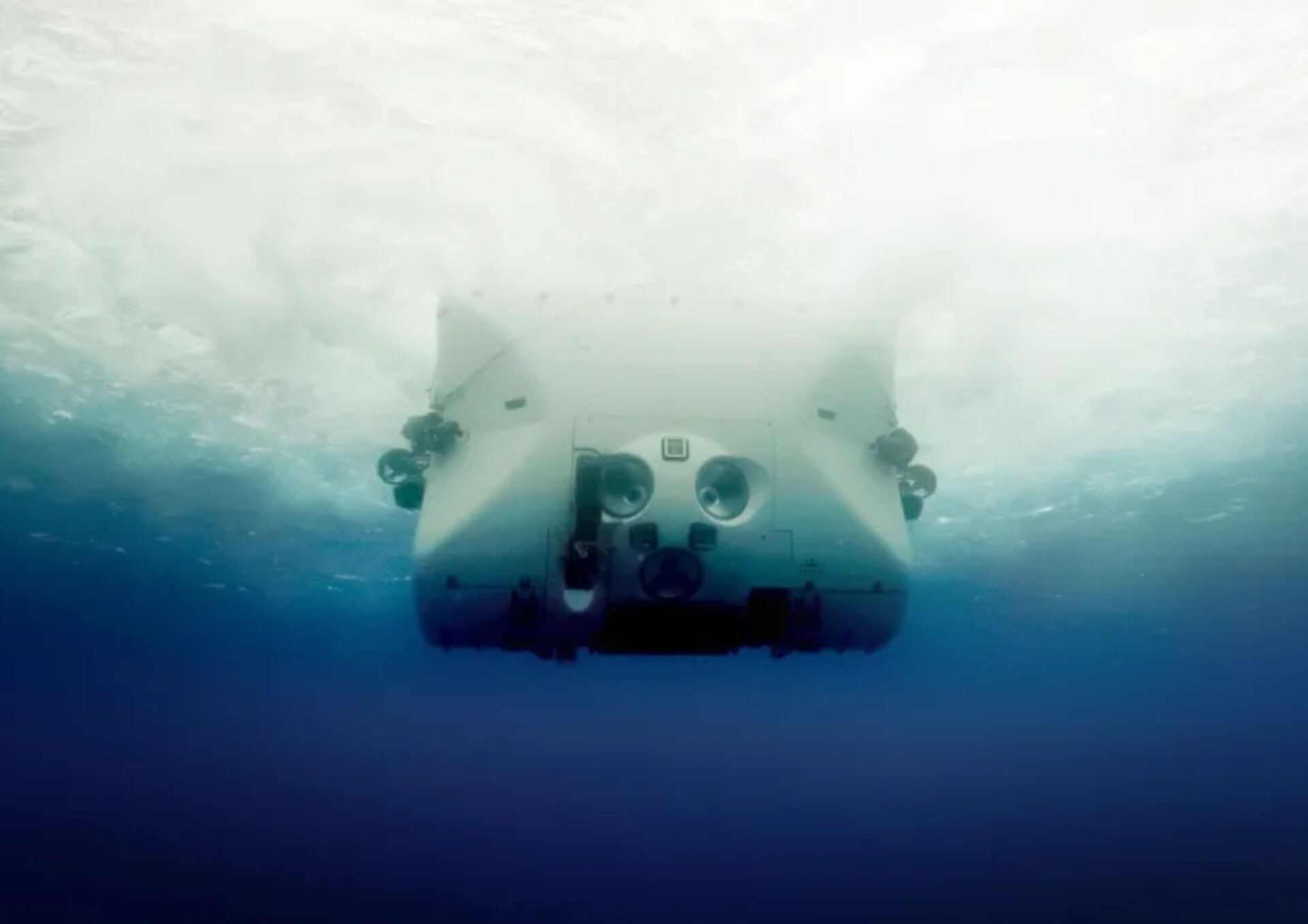In June of last year, Larry Connor became captivated by the shocking news surrounding OceanGate’s Titan, a submersible that tragically imploded while on its way to the Titanic wreck site, resulting in the deaths of all five individuals aboard. Unlike many who reacted with horror and trepidation, the Ohio billionaire felt compelled to take an unexpected route: having already explored the Mariana Trench, the deepest point on Earth, Connor resolved to commission his own submersible to visit the iconic wreckage of the Titanic. In an interview with The New York Times in May, he expressed his concerns about public perceptions of submersibles, stating, “I’m concerned that people associate diving subs, especially new or different subs, with danger or tragedy.” He emphasized, “We’re not thrill-seekers. We’re not big risk-takers.” Since then, Connor has chosen to refrain from further media engagements on the matter.

Connor’s ambitious project involves a $20 million, two-person submersible known as the 4000/2 Abyssal Explorer. This vessel is being constructed by Triton Submarines, a Florida-based company currently working on five units, which include two for private owners and another intended as an attraction for a cruise ship. A year ago, amid the intense media scrutiny following the Titan disaster, the demand for submersibles appeared to dwindle significantly.
“Sales fell off a cliff” after the OceanGate incident, remarked Patrick Lahey, CEO of Triton. Lahey is reportedly planning to accompany Connor on his expedition to the Titanic. Despite the initial downturn, he observes a shift in the market: “Now, though, people are reengaging, doing their research, and we’re starting to see them come back.”

This renewed interest is echoed throughout the closely-knit submersible industry. However, the Titan disaster has prompted a wave of caution among potential buyers. Lahey noted that there was a lack of differentiation in the public’s perception, as many people mistakenly equated the Titan’s experimental model with other submersibles in the market. “We had to engage in a reeducation campaign,” he explained.
U-Boat Worx, a Netherlands-based submersible manufacturer, has also reported a resurgence in interest following the Titan tragedy. Roy Heijdra, the company’s marketing manager, stated that while business is now “consistent” with a normal market, the nature of inquiries has changed. Customers are increasingly focusing on safety protocols, testing procedures, and overall risk factors.

The commercial submersible industry adheres to strict certification standards set by DNV, a risk-management organization that evaluates materials, tolerances, and construction. This company conducts both terrestrial and underwater tests and requires annual inspections to ensure compliance with safety regulations. Lahey highlighted a “50-year unblemished record” of safety within the industry, particularly for “classed and certified submersibles,” contrasting this with the Titan, which notably lacked such certification.
Interestingly, despite the sobering cautionary tale presented by the Titan incident, enthusiasm for underwater exploration seems to be on the rise. Innovative designs are pushing the boundaries of what is possible within the field. The Abyssal Explorer, for instance, is set to become the world’s deepest-diving research submersible with an acrylic hull, and its design specifications are still being finalized. Meanwhile, at the more recreational end, the $1.4 million U-Boat Worx Nemo is designed as a luxurious amenity for superyachts, capable of diving to depths of 330 feet.
Dr. Katy Croff Bell, president of the Ocean Discovery League, noted a growing interest in developing and deploying affordable underwater technologies. “In the past three years, we’ve seen more interest in developing and deploying low-cost underwater devices,” she said, emphasizing that this demand extends beyond mere recreation. “We need a lot more eyes on the ocean, in more places,” she stated, underscoring the necessity of monitoring and understanding ocean health. She added that collecting data on the deep ocean is crucial for responsible management, helping to ensure its continued vitality, which is essential for human survival.
The increased focus on safety and technological advancements reflects a significant shift in the submersible industry. Companies like Triton and U-Boat Worx are adapting to a more cautious market, providing detailed information on their safety measures and demonstrating their commitment to building reliable and certified vessels.
As exploration enthusiasts seek new ways to delve into the mysteries of the ocean, the appeal of submersibles remains strong. While the Titan incident serves as a stark reminder of the risks involved in deep-sea exploration, it has also prompted a more serious approach to safety within the industry. Potential buyers are now more informed and discerning, prioritizing vessels that meet stringent safety standards.
Connor’s determination to explore the Titanic wreck exemplifies the resilience of adventurers in the face of tragedy. His decision to commission a custom-built submersible underscores a growing interest in personal exploration and the quest to understand our oceans better.
With innovative designs emerging and a renewed focus on safety, the submersible industry appears poised for growth. As explorers and scientists seek to uncover the secrets of the deep, the next generation of submersibles promises to enhance our understanding of the underwater world while prioritizing safety and sustainability. As public interest shifts back toward exploration, the potential for future adventures in submersibles looks bright, paving the way for a new era of ocean discovery.



